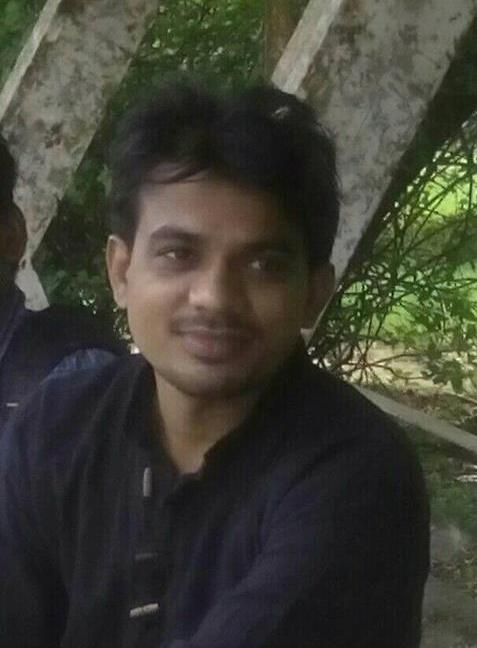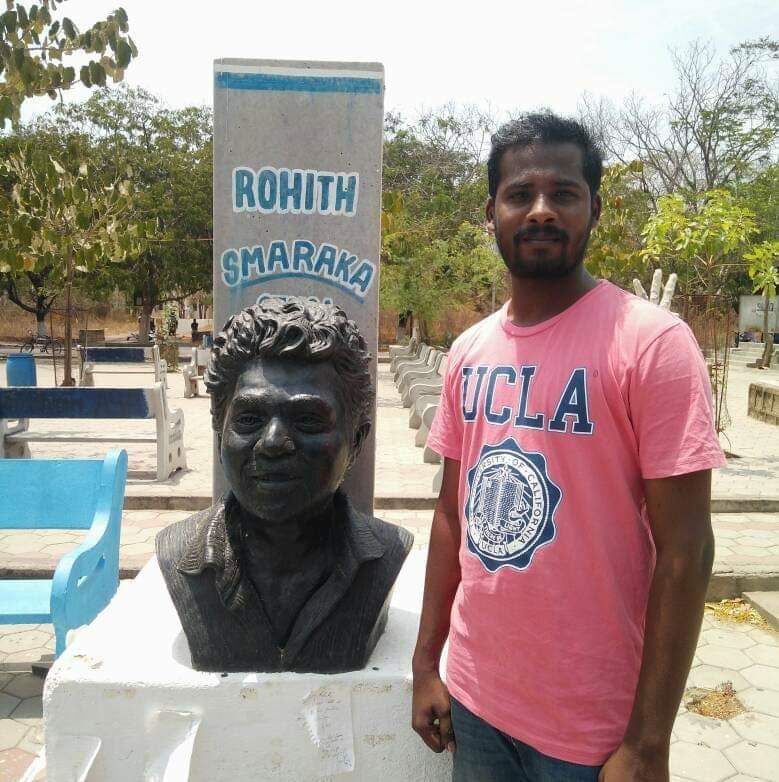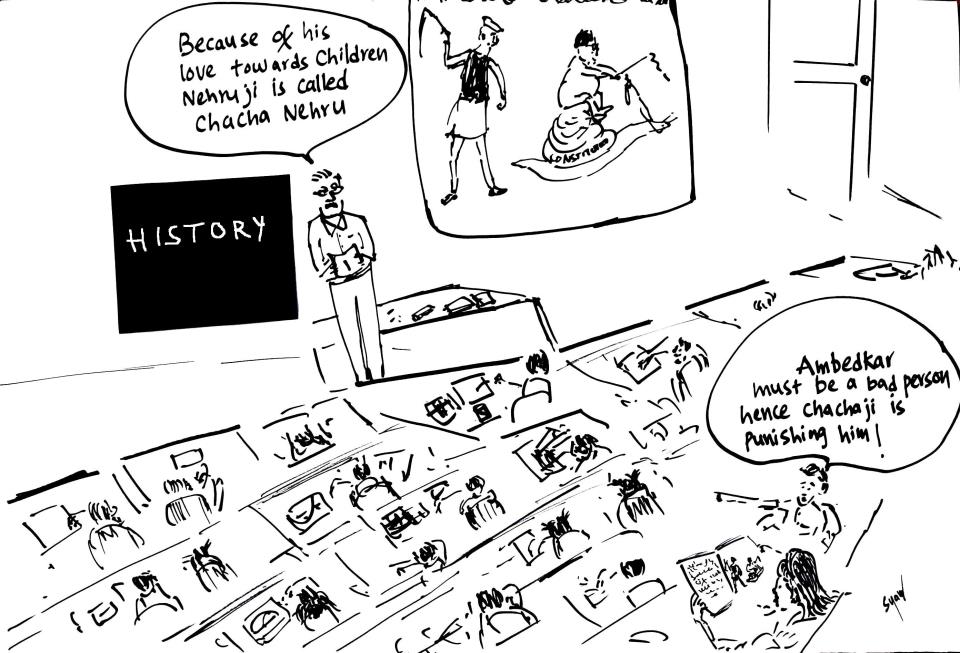Chandra Sen
 Girls are supposed to be in the custody of their father when they are children, women under the custody of their husband when married and under the custody of her son as widows. In no circumstances is she allowed to assert herself independently. (Manusmriti)
Girls are supposed to be in the custody of their father when they are children, women under the custody of their husband when married and under the custody of her son as widows. In no circumstances is she allowed to assert herself independently. (Manusmriti)
Bollywood has projected fathers, their roles, disciplines, ideals and duties time and again. All time Bollywood fathers are Alok Nath (for instance, Suraj Barjatya’s film)s, Amitabh Bachchan, Amrish Puri (Yash Raj films). The recent movie ‘Dangal’ adds another name to the list, Aamir Khan. Dangal is considered to be the biopic of the famous Indian wrestler, Mahavir Singh Phogat. He had wished to win a gold medal for the nation, but his wish was unfulfilled. Parents want their ambitions to be achieved by their children. But the case with Pahelwan Phogat was different. He internalized the racial theory that wrestling is in his blood. So his son, not daughter, will achieve what he could not. Like every ordinary Indian male patriarch, Pehelwan Phogat used every method to get a son but became the father of four daughters, instead. The movie has been spun around the two eldest girls, Geeta and Babita. Geeta won a gold medal in 2010 Delhi Commonwealth Games and Babita got Silver.
Commercially and emotionally, Dangal has achieved its agenda. The north Indian ‘cow belt’, particularly the fertile land of Ganga-Yamuna river region, is known for high agricultural production. The Green Revolution in Haryana and Punjab added to the agricultural abundance that led to the prosperity of the big farmers. The historical and geographical setting of this region makes the caste, class and gender relations more complicated and rigid. The historian and feminist Uma Chakravarthy analyses this relationship aptly. The huge agricultural-production led caste and gender relations were rigid as well as violent in exploitation of the cheap and free labour. This made Dalits and women more dependent on male and upper caste landlords. This dependency and vulnerability of women has been creatively shown in the movie by the Dangal team. The strong desire to have sons depicts the patriarchal and macho image of Indian society.
The movie is all about the passion and determination of a father. The erstwhile wrestler Mahavir Phogat craved to get a gold medal for the country. To fulfil his yearning, he decided to make his daughters wrestlers, for the first time in a male dominated profession. This made a huge hue and cry in the society. But the passion and strong determination of Pehalwan Phogat overshadowed all the hardships. He became the coach of his daughters and made them the national champions.
The recent movies of Aamir Khan have focused on social and political issues. The first part of Dangal addresses the patriarchal set-up of our society at the same time he has tried to raise the issues of corruption in our system.
The last Olympics (2016) in Rio has highlighted many political and administrative problems in India. The players stressed that the lack of international facilities and support here in India. The prejudices and biases have been part and parcel of the Indian system. Olympians like Gagan Narang and others have demanded equal treatment and budget for every game so that they give their best at the international level. If we look around the world, the Chinese have shown the best performance in recent times because of their world-class training and facilities.
Mahavir sends his daughter Geeta to National Sports Academy to compete at the international level. She gets the training and facilities which she lacks in her small village. The new techniques, skills and new coach help nurture Geeta along with other players. Here the biggest problem starts. The director and writer smartly used the father (Mahavir) for their political agenda. The filmmaker has successfully juxtaposed modernity and traditional value systems through Mahavir Phogat. The Hindu father turned coach opposes the new and modern techniques of the new coach. In this process, the story of Phogat has been more dramatic. In the plot, the coach is made a scapegoat for the sake of a patriarchal Hindu traditional father.

It would be interesting to dig out the history of the tussle between traditions and modernity in India. The orientalist project of Indian Hindu leadership and the Indian freedom struggle must be taken into account. The Indian nationalist leaders, notably Mahatma Gandhi, have mixed this traditional way of thinking and lifestyle in politics. Gandhi glamorised the Hindu village system and opposed big industries and modernisation. Leaders like Tilak had started worshiping traditional Brahmin gods and goddesses to valorise the greatness of Hindu India. It is not an irony that the Indian prime minister says proudly that our forefathers have done the first plastic surgery in the world. The goddesses like Kali and Bharatmata were created to nourish national pride and togetherness. This has paved the path to create the feeling of ‘we’ and ‘they’.
‘Wrestling is in my blood’, ‘Prasad’ brought by a Muslim girl, and Geeta’s cousin as a ‘lucky’ guy, are some of the ploys in the movie to trace Hindu traditions and value system.
Can we see this plot in isolation? The tussle between modernity and values has been the core of early and late nineties movies. The fathers played by Amrish Puri in movies Dil Wale Dulahaniya Le Jayenge, and Pardes settled and made their careers in the west, but controlled their families and children totally. Modern society, lifestyle and thinking were demonised. Fathers’ suggestions and wishes were supreme. Even the guru (teacher) will be decided by the father. Daughters cannot choose even their gurus.
Bollywood films have a history of depicting women negatively. They have set parameters for them. If we watch movies the 80s, 90s and even after that, the independent, stylish, English speaking female characters who enjoy their own lives were portrayed mostly as evil/villain women. This movie, Dangal, has maintained that tradition. Wrestler Geeta fails because she started living her life against her father’s wishes. Going with friends, watching movies, growing her hair, and using nail polish brought her defeat. In short, modernity and independence are bad for women.
What is the plot of the film? Whose agenda does the film serve?
Movies, dance and music have their own cultural and political milieu. The state always uses these arts as soft power in its foreign relations. The nationalist agenda has been another main motto of art and culture of any country. The glimpses of nationalist agenda can be found in the last scene of the movie. The Delhi Commonwealth Games 2010 is the main view. The national anthem, the national flag along with chanting of Bharat Mata Ki Jai fulfils the Supreme Court agenda to make people stand up in the cinema hall once again. Why this Hindu nationalist restoration in the film, all of a sudden? Can we find any relation with the dictats and policies of the current government? Has the Dangal team taken the project to map ancient India’s scientific achievements? Has Aamir Khan been paid for commenting on the intolerance debate?
The main project of Bollywood has been to portray the lives and stories of Hindu society. The conservative, dogmatic and reactionary society has produced many rebellious characters in history. But the director and writer choose mostly the upper caste liberal to paint him/her as the most revolutionary person in the society. The reaction of society is shown as if the whole society and community are like that. One example would be sufficient to prove it. The historian and filmmakers have written that Gandhi has made a revolution by crossing the seas to study in the West. The whole society had outcasted him and his revolutionary acts. Can’t we have other instances where people embraced education lovingly and the entire society discarded this absurd idea of not going beyond the sea? Yes, B.R. Ambedkar and Ram Dayal Munda are two examples who did the same thing and whole community appreciated it. Widow remarriage is a sin in Hindu society, and hence the film ‘Water’ was banned overnight. Both the protagonists and the director have become revolutionary and radical at once. But there are other cultures/communities in India where such practices have no place at all. What will you call those communities?
The point is that the artists have to stop this practice of projecting Indian society as monolithic. Revolutionaries and positive stories are there in other societies too. Filmmakers have to expand their horizon of thinking to map out the real and diverse representation of Indian society.
~~~
Chandra Sen is a PhD Scholar in the School of International Studies, JNU, New Delhi.










